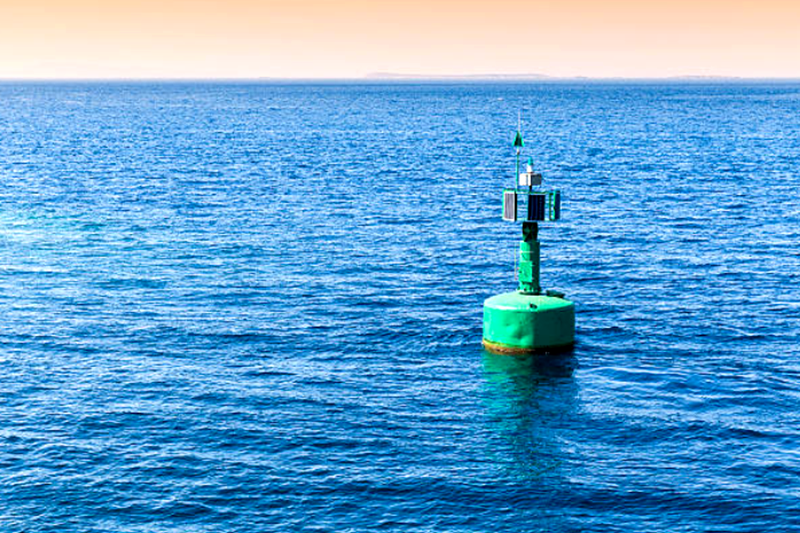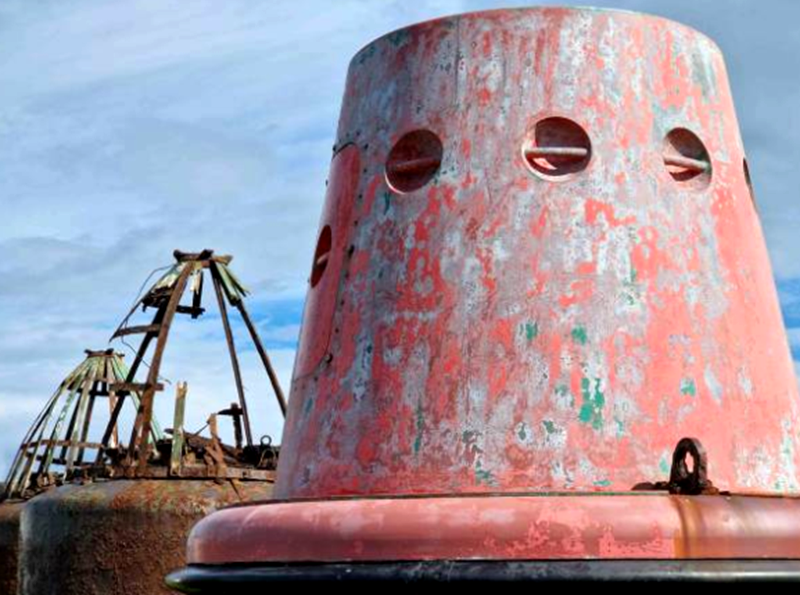1. Precautions for Use
Load limit:
Steel buoys have a designed load-bearing capacity. In actual use, avoid exceeding this load limit. For example, for steel buoys used to install navigation equipment or other ancillary facilities, the total weight of these equipment should be calculated to avoid sinking or loss of balance due to overloading.

When connecting other additional devices, ensure the connection method is reasonable and evenly distributed to prevent excessive local force. For example, when installing the monitoring instrument on the side of the steel buoy, a multi-point uniform fixation method should be adopted to avoid concentrated force on a single point.
Environmental Adaptability:
Steel buoys are used in different water environments, and the impact of environmental factors on them should be considered.
In seawater environments, due to the strong corrosiveness of seawater, special attention should be paid to prevent the buoy from rusting.
If used in waters in cold areas, it is also necessary to consider whether the buoy can withstand ice pressure. When the water surface freezes in winter, the expansion and movement of the ice layer may exert great pressure on the buoy.

Therefore, the ice conditions in the area should be evaluated and appropriate protective measures should be taken, such as strengthening the structural strength of the buoy or using special ice-breaking devices.
Ship Collision Prevention:
Steel buoys are usually set up in waters such as waterways and are easily hit by ships. At the location where the buoy is set, it is necessary to ensure that it has sufficient visibility, such as equipping it with bright colors and reflective signs to remind passing ships to avoid it.
At the same time, anti-collision facilities should be reasonably set up according to the traffic flow and ship types of the waterway. For example, in waterways with large ship traffic and many large ships, anti-collision devices such as rubber fenders can be set around steel buoys to reduce damage to buoys caused by ship collisions.
2. Daily Maintenance
Appearance Inspection:
Periodically (at least once a month) inspect the appearance of the steel buoy to check whether the surface has paint peeling or rust. If paint peeling is found, it should be repainted in time to prevent further rust. The rust can be removed by wire brush or sandblasting, and then anti-rust paint should be applied.
Check whether the markings on the buoy are clear, such as numbers, and warning slogans. If the markings are unclear, they should be repainted in time to ensure that they can play the marking role normally.

Structural Inspection:
Regularly (once a quarter) check the structural integrity of the steel buoy. Focus on checking whether there are cracks in the welding parts and whether the bolt connections are loose. Using professional equipment such as flaw detectors to detect the welding parts, cracks, and other problems can be repaired in time. For loose bolts, tighten or replace them in time.
Check the draft and inclination of the buoy. If the draft of the buoy is found to be abnormally increased or tilted, the cause should be analyzed. It may be caused by internal water accumulation, loose foundation, or external impact, and corresponding repair measures should be taken for different reasons.
Maintenance of Auxiliary Facilities:
If the steel buoy is equipped with auxiliary facilities such as navigation lights and meteorological monitoring equipment, these facilities should be maintained regularly. For navigation lights, check whether the bulb is damaged and the lampshade is clean to ensure that the brightness and visible range of the light meet the requirements. For meteorological monitoring equipment, calibration and maintenance should be carried out following the requirements of the equipment manufacturer to ensure the accuracy of data collection.

Steel buoys play a huge role in ocean navigation. Our steel buoys are made of high-strength and corrosion-resistant steel materials with a service life of at least 10-15 years. If you want to know more about steel buoys, please browse our website or contact us.